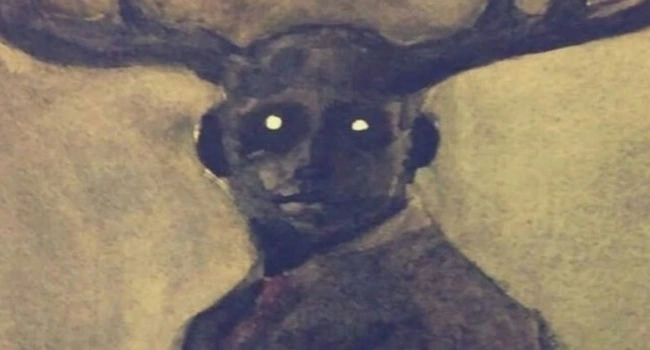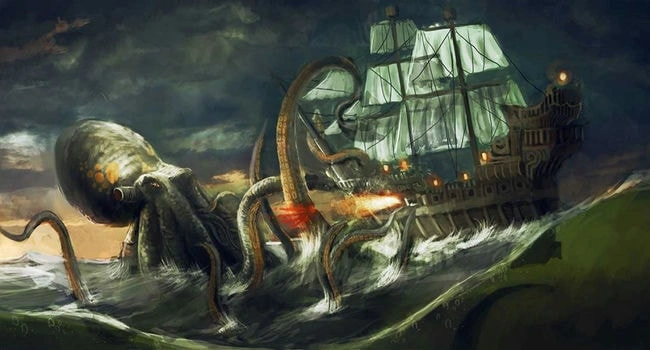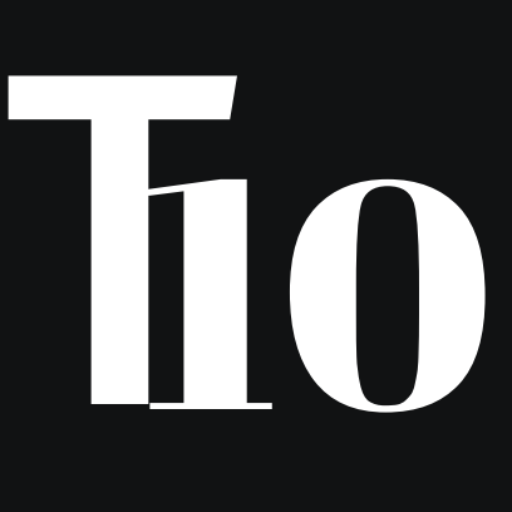Animals captivate human imagination in many ways, but perhaps none so enduring as their roles in folklore and mythology. This list dives deep into the world of mythical creatures and legendary animals that have shaped cultural narratives across different civilizations. From the ferocious Nian in Chinese lore to the wise ravens in Norse mythology, these animals in folklore offer more than just tales of wonder. They serve as reflections of human fears, desires, and values, providing rich ground for understanding the complexities of the human experience. Each entry on this list explores the cultural, ethical, and psychological dimensions of these folklore animals, shedding light on why they continue to fascinate us to this day.
10- Greek Griffin Lore

Photo Credit: Mythopedia
The griffin serves as an awe-inspiring figure that merges the realms of the sky and the earth, often represented with the body of a lion and the head and wings of an eagle. Originating from both Greek and Persian mythologies, this creature is often seen as a guardian of divine and earthly treasures. In ancient Greek folklore, griffins were sacred to Apollo, the god of the sun, light, and music. Their visage was commonly used in architecture and art to symbolize the protection of something invaluable. In Persian lore, they were known as ‘Shirdal,’ which literally means ‘lion-eagle.’ Over the years, the griffin has evolved into a universal symbol of duality—melding both majesty and ferocity. This magnificent creature illustrates the intricate tapestry of animals in folklore, serving as a powerful testament to the human imagination’s ability to create beings that embody a plethora of values and ideas.
9- Japanese Tengu Myth

Photo Credit: Nippon
In Japanese folklore, the Tengu stands as a fascinating embodiment of both dread and respect. Often depicted as a bird-human hybrid, the Tengu has its roots in both Buddhist and Shinto traditions. Originally, these creatures were considered omens of war and conflict, embodying the darker aspects of human nature. Over time, however, their portrayal has shifted. They have come to be seen as protectors of the mountains and the natural world, revered in some circles as deities of martial arts. The Tengu serves as a vivid example of how cultural perspectives can evolve, influencing the way animals in folklore are perceived. The creature’s dual roles—being both fearsome and protective—highlight the nuanced ways in which folklore animals are woven into the fabric of human belief systems.
8- Kitsune in Japan

The Kitsune holds a revered position in Japanese mythology, symbolizing intelligence, cunning, and magical prowess. Often depicted as a fox with the ability to shape-shift into a human form, the Kitsune is deeply integrated into Japanese culture. It’s believed that the more tails a Kitsune has—up to a maximum of nine—the older, wiser, and more powerful it is. Kitsunes serve as messengers and servants of the rice deity Inari, and you’ll often find fox statues at Inari shrines. They are known to possess the power to ward off evil spirits and are sometimes considered omens of good fortune. This creature’s role as both a revered and feared entity speaks volumes about the multifaceted roles that animals in folklore can occupy. The Kitsune’s duality—being both benevolent and malevolent—exemplifies the intricate narratives that surround animals in folklore.
7- Chinese Nian Tale

In Chinese folklore, the Nian is a ferocious beast that emerges from the sea or mountains during the Lunar New Year to terrorize villages. The creature has the body of a bull and the head of a lion, and it is said to have a particular aversion to loud noises, the color red, and fire. It is this myth that forms the basis of many Lunar New Year traditions, such as firecrackers and red decorations. The Nian’s tale serves as a cultural unifying point, bringing communities together in shared rituals aimed at driving away evil and bad luck. This animal in folklore is not just a symbol of fear but also represents the human ability to overcome adversity through unity and tradition.
6- Latin Chupacabra Legend

The Chupacabra, whose name means “goat-sucker” in Spanish, is a creature of modern Latin American folklore. This mythical beast is said to roam the countryside, draining the blood of livestock, particularly goats. Descriptions vary, but it’s often depicted as a reptilian creature with spikes or quills running down its back. While its origins are relatively recent compared to other animals in folklore, the Chupacabra serves as an expression of collective fears about the unknown and the inexplicable losses that sometimes occur in rural communities. It also serves as a modern testament to the power of folklore to create animals that encapsulate societal fears and uncertainties.
5- Algonquian Wendigo Myth

Photo Credit: Grunge
The Wendigo is a mythical creature from the folklore of the Algonquian peoples of North America. Often described as a giant, cannibalistic spirit, the Wendigo embodies the dangers of selfishness and gluttony. It is said to roam forests and has an insatiable hunger for human flesh. The myth of the Wendigo serves as a cautionary tale, warning against the perils of greed and excess. This creature is a chilling representation of the darker aspects of human nature, serving as a stark reminder of the ethical codes that societies create to govern behavior. The Wendigo adds another layer to the complex tapestry of animals in folklore, serving as a symbol of both fear and moral instruction.
4- Scandinavian Kraken Folklore

Photo Credit: Pirate Ship Vallarta
The Kraken is a legendary sea monster in Scandinavian folklore and mythology. Said to dwell off the coasts of Norway and Greenland, this enormous creature is feared for its ability to drag entire ships and their crew into the ocean’s depths. Over time, the Kraken has become a symbol of the terrifying unknowns that lie beneath the sea. Sailors’ tales and nautical lore often feature this animal in folklore as a cautionary representation of the untamable and unpredictable forces of nature. The Kraken serves as a powerful reminder of humanity’s vulnerability in the face of natural phenomena.
3- Phoenix Rebirth Myth

Photo Credit: Mythopedia
The Phoenix, a mythical bird that is said to burst into flames upon death and be reborn from its ashes, has roots in both Greek and Egyptian mythologies. In Greek tradition, the Phoenix was associated with the sun god, Helios, and was said to live for 500 years before its fiery rebirth. In Egyptian mythology, it was associated with the Bennu, a heron-like bird that was a symbol of creation and renewal. The Phoenix serves as a potent symbol of resurrection, immortality, and the eternal cycle of life and death. Its story has been adapted and adopted by various cultures and religions, making it one of the most universally recognized animals in folklore.
2- Global Dragon Lore

The dragon is perhaps one of the most ubiquitous mythical creatures, appearing in various forms in cultures around the world. In Western folklore, dragons are often fire-breathing beasts that hoard treasure and serve as challenges for heroes to overcome. In contrast, Eastern dragons are generally benevolent creatures that symbolize wisdom, power, and good fortune. The dragon’s varied portrayals make it a fascinating study in cultural relativity, as it can embody both good and evil, depending on the cultural lens through which it is viewed. This duality makes the dragon a compelling subject in the study of animals in folklore.
1- Norse Raven Lore

In Norse mythology, Huginn and Muninn, two ravens, serve as the eyes and ears of Odin, the Allfather. These birds fly around the world, gathering information and reporting back to Odin, thereby symbolizing the god’s quest for knowledge and wisdom. The ravens hold a unique position in Norse lore, acting as a bridge between the divine and the earthly realms. Their roles are not merely passive; they actively engage in the shaping of narratives by being Odin’s connection to the world. Representing both the intellectual and mystical aspects of life, these ravens add complexity to the intricate roles that animals in folklore can occupy. Their presence in myths highlights the importance of animals as symbols of higher virtues, like wisdom and foresight, in folklore across different cultures.


